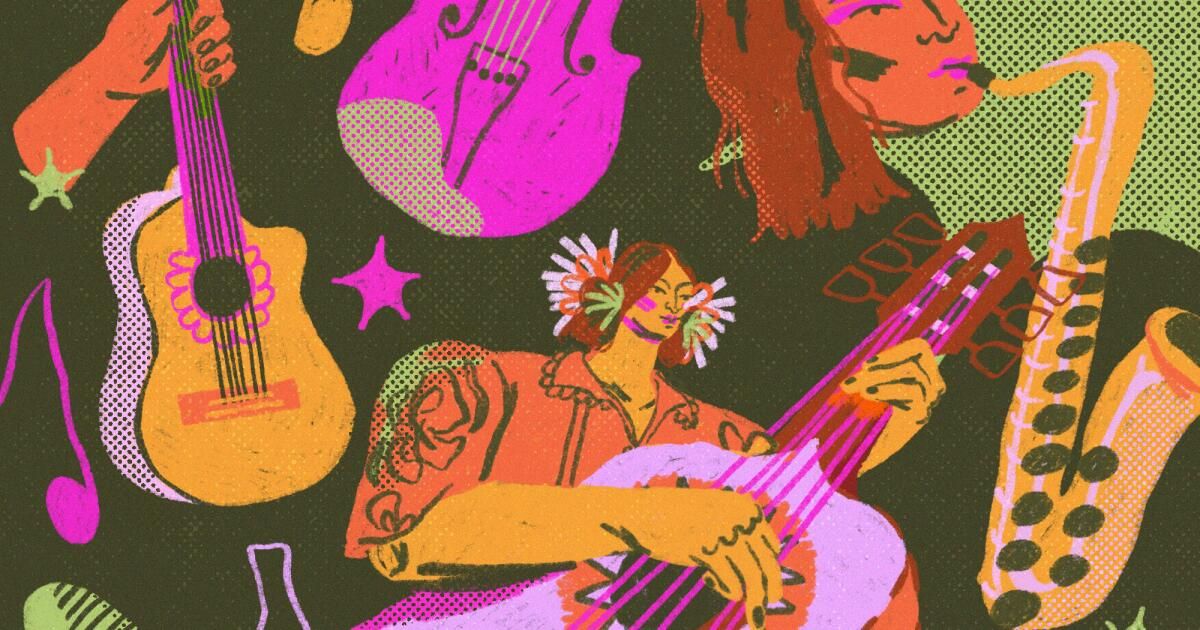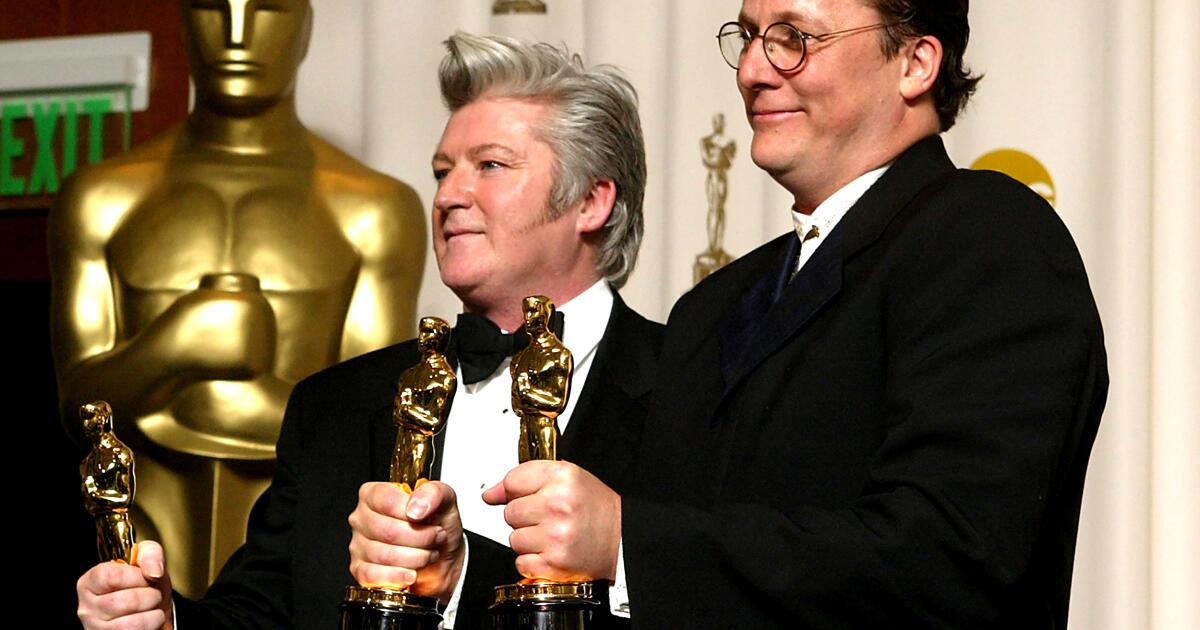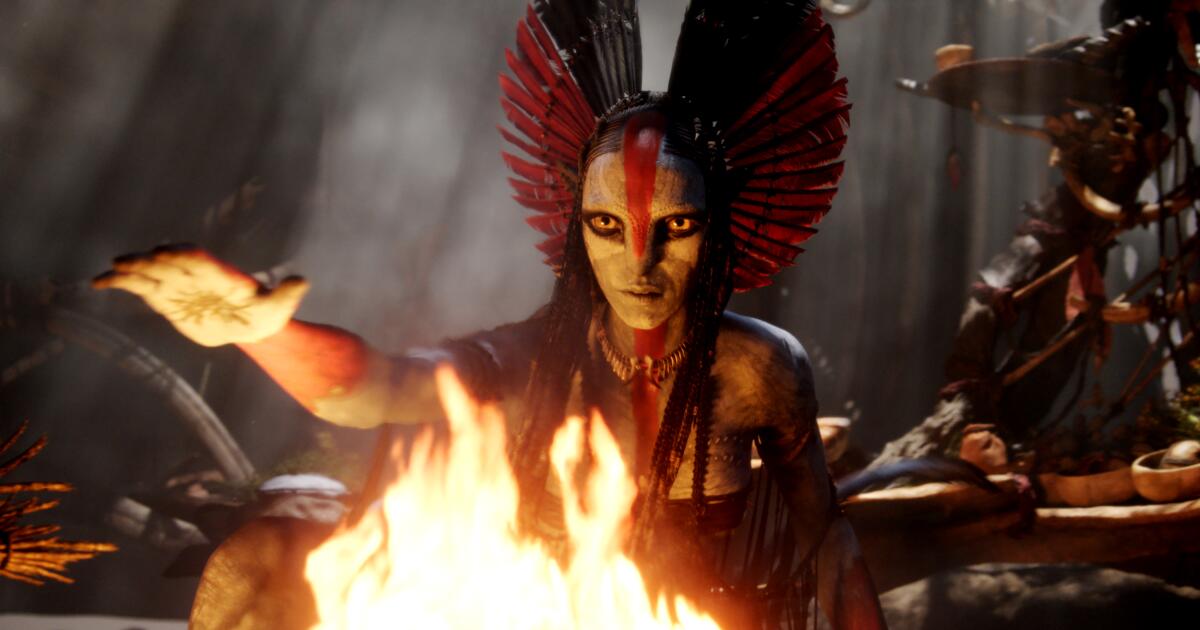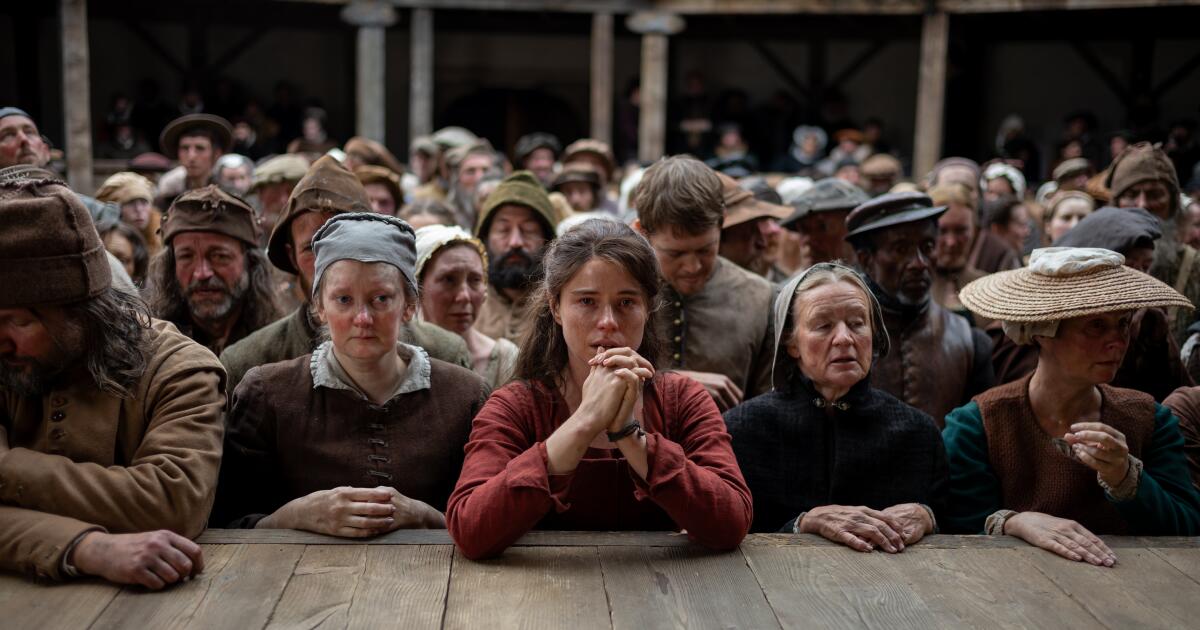From the resonant mariachi guitarrón on “Cielito Lindo,” to the powerful accordion on Los Tigres del Norte’s “Ni Parientes Somos” and even the trap drums of a Natanael Cano tumbado corrido, the sound of Mexican music is unmistakable.
This ever-changing genre has a long tradition of combining and borrowing elements from other styles. And in the process of creating new sounds, new instruments have also been created.
Mexican musicians continually find ways to evolve, whether by incorporating an instrument that dates back to the Mayan civilization or redefining it to create something unique, as in the case of the folk accordion, which arrived from Europe during the 19th century.
As Mexican music artists blaze their own trails, new sounds have emerged, such as the experimental melodies of cumbia pop singer Estevie and the “corridos de Jersey” of Fuerza Regida, giving listeners a wide range of experiences to choose from.
This is by no means an exhaustive list of all the instruments used in Mexican music, but here are some of the most distinctive sounds of the genre.
Tololoche
Originating in southern Mexico, this upright double bass is characterized by the slap, a raw, percussive sound created when the string hits the fingerboard. Closely related to the European double bass, the tololoche is smaller. Jorge Cárdenas, of the Sierra group Los Del Momento, considers it the most “utilitarian” of all Mexican music instruments; it can be used in corridos, mariachis, and norteños without the need for electrical amplification.
“It’s always the missing ingredient. You can have a million instruments, but if there’s no bass, it’s going to sound hollow,” Cardenas said. “My style is a mix between the raw aggression of rock ‘n’ roll and the disciplined, clean sound of mariachi music.”
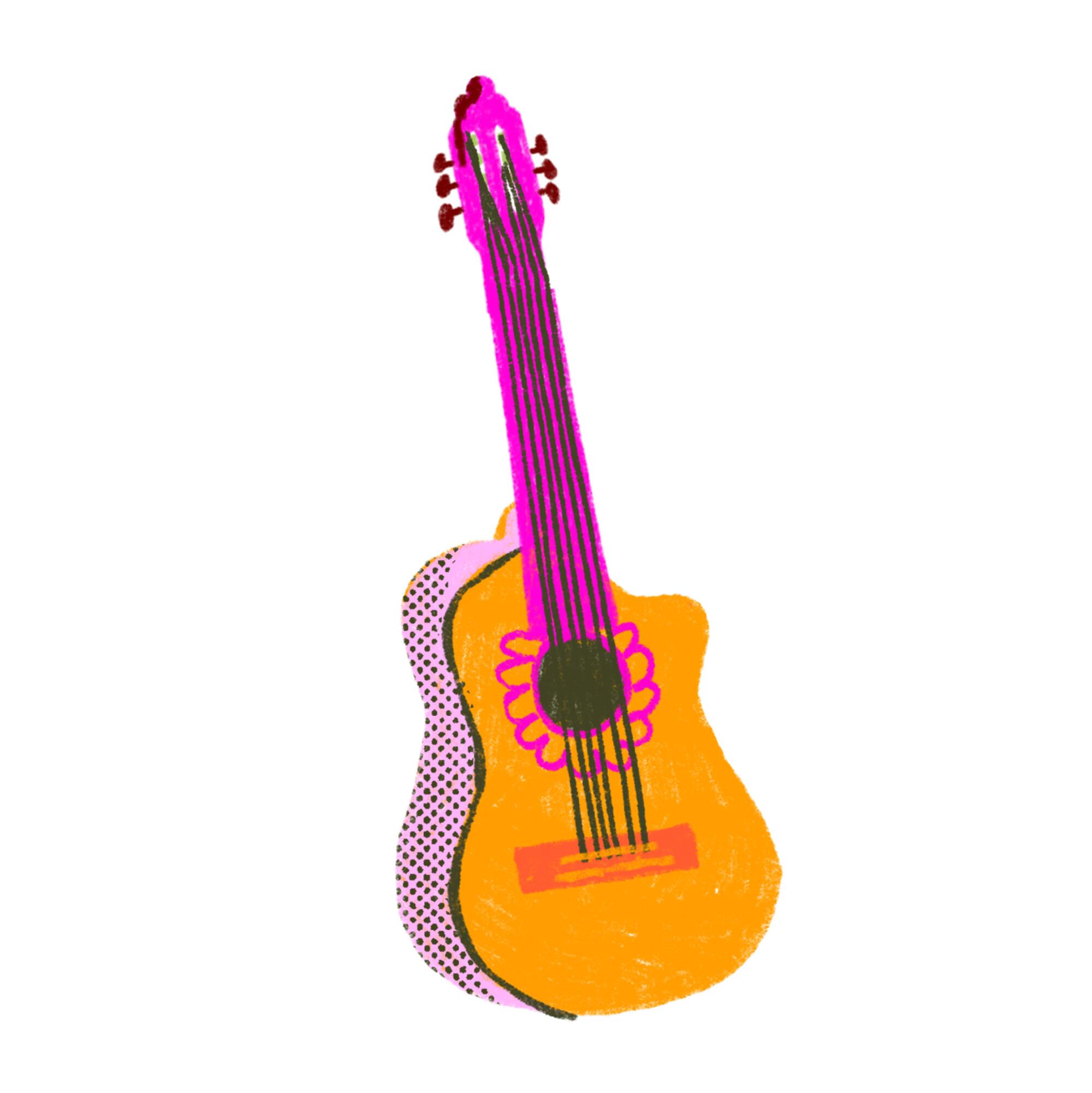
Requinto
As the primary guitar of Mexican music, the requinto's typically up-tempo, high-pitched sound is easy to recognize. Its popularization is attributed to Los Panchos, a famous Mexico City romantic trio of the 1940s that is known for hits such as “Bésame mucho” and “Sabor a mí,” recorded with American jazz singer Eydie Gorme. The requinto can have five, six, or 12 strings and is generally tuned higher than the standard guitar. Diego Magaña, a member of the Los Angeles band Arsenal Dorado, plays the 12-string requinto and dedicates his style to “old-school Mexican music,” when the guitar is “a little simpler and heavier.”
“It’s the one that does all the magic and the little background noises,” Magaña said. “Sometimes you’ll hear sounds you didn’t even know the guitar could make. I like to keep it simple. Although, sometimes I’ll make a little noise here and there.”

Vihuela
The vihuela, which resembles a smaller version of the guitarrón, allows the mariachi string section to reach a higher range. The A, D, and G strings are tuned an octave higher than a standard guitar, adding a new level of tonality. Nancy Sánchez, a singer-songwriter and member of Las Chorizeras, was raised in a mariachi music environment and says she fell in love with the vihuela’s strumming pattern, which is called “los manicos.” As she experiments between up and down strums, the energetic strike gives the stringed instrument a more percussive feel. Drawing on her roots in traditional mariachi music, she uses the vihuela as a way to put a new spin on her sound.
“I use the vihuela in an artistic way and approach it as a composer first,” Sanchez said. “Instead of playing it in a very traditional way, I love to play with extended chords. [notes above the seventh scale]“I love adding different manicos. I love stippling them. It just gives it a different feel.”

Guiro
The güiro is the heart of cumbia and a central element of many types of Latin music. Its cylindrical body, usually made of wood or metal, is covered with a serrated or rough surface that allows the musician to scrape its sides to create a sound comparable to that of a drum. This portable instrument is essential for keeping the band in sync and the dancers on the beat. Alan Vega, a producer and composer who has worked with singers Estevie and Sofia Reyes, considers the güiro “the most important and most recognizable part of cumbia percussion.”
“If you take out the güiro, [the music] “The feeling is lost,” Vega added. “Certain cumbias have that build-up feeling, and when everything comes together and it feels like a party… you need to start dancing.”
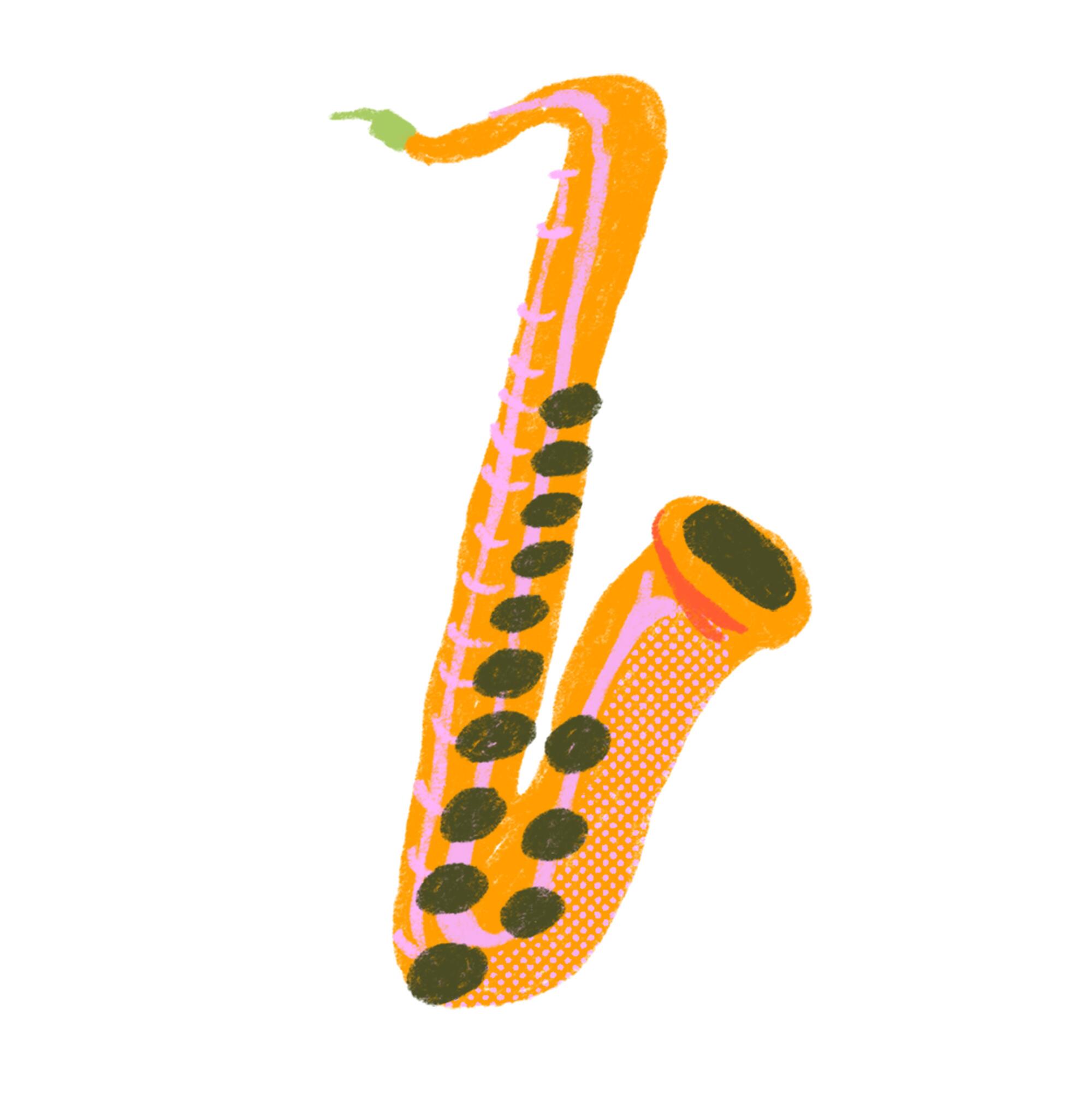
Saxophone
This woodwind instrument, which became essential to Mexican music in the 1940s, allowed bands to put more emphasis on melody. In one group, the saxophone plays the lyrical part of the song. Manny Dorado, a member of Tamborazo Águila y Serpiente who plays the alto saxophone, appreciates the instrument for its “bright palette.” [and] “A brilliant but avant-garde sound.” He first took up the instrument with the intention of playing jazz; when he discovered how versatile it is in Mexican music, he changed his mind.
“It can sound very similar to the human voice, especially the contralto voice,” Dorado said. “It is higher in pitch, but still has some low overtones that allow it to represent the contralto sound.”

Low fifth
The bajo quinto, similar in shape to an acoustic guitar, is slightly larger, has a pointed edge, and can be identified by its deep, intimidating sound. With five pairs of steel strings, this aggressive guitar is responsible for following the requinto and enhancing the melody with its metallic hum. Andrés Torres, of the corrido group Los Torres, says the bajo quinto gives Mexican music “a different touch.” Playing alongside his brothers, he spends his time touring the country and bringing the bajo quinto to as many places as he can.
“I feel like the energy of the bajo quinto, the way it’s played, the way it sounds, is really something special,” Torres said. “Mexican music has a special energy that I feel you don’t find anywhere else.”
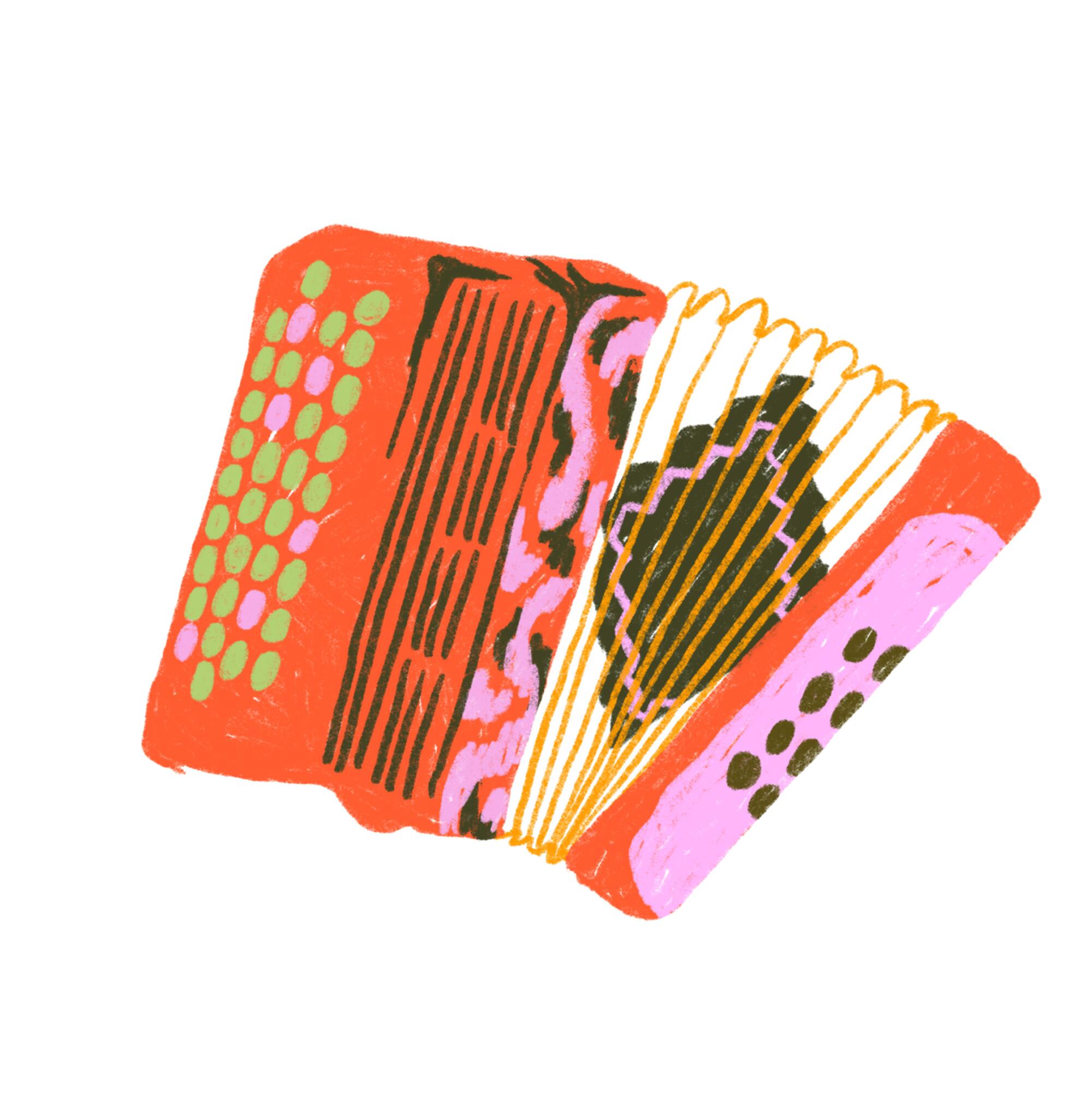
Accordion
The accordion, which was introduced to the genre via the polkas of German and Czech immigrants, quickly became a staple of several subgenres of Mexican music, including cumbia (think Celso Piña’s “Cumbia sobre el río”) and norteño (e.g., Ramón Ayala’s entire discography). When played in these contexts, the loud instrument takes on a different tuning style, called diatonic, meaning it can only play a limited range of notes in a specific key. There are two types of accordions—one with piano keys and one with buttons—but they have similar effects. Christian Salazar of Los Desvelados, a Los Angeles-based corrido group, was drawn to the box-shaped instrument for its ability to lead a group.
“It has its own loud, energetic character in Mexican music,” Salazar said. “It represents a lot of my personality and how I reflect on stage; you could say it steals the show.”

Guitarron
Nearly every mariachi band includes an oversized bass guitar that is often twice the size of the musician playing it: the guitarrón. This large, guitar-shaped instrument with a V-shaped back has six strings and keeps the rest of the group in rhythm. Its booming echo sharpens the sound of the lead guitar, making its presence crucial. Stephany Mejía, guitarist and founder of Mariachi Loco del Valle, connected with her passion for mariachi music when she took classes at the Plaza de la Raza School of Performing and Visual Arts. Moving from guitar to vihuela and finally landing on guitarrón, the San Fernando Valley musician stuck with the bass as an act of female empowerment, since it is typically played by men.
“My instrument has a special meaning for me. I bought [my guitarrón] from a musician by Alejandro Fernández [the mariachi singer and son of Vicente Fernandez]“A lot of people don’t know it or probably don’t appreciate it, but in some ways, I feel like it’s been passed on to me,” Mejia said.

Violin
The violin, commonly recognized as an orchestral instrument, is one of the main melodic components of mariachi. Aside from the group’s rhythm, its four strings add a lively element to the traditional style of folk music. Many mariachi groups have multiple violinists who together create a fuller sound, though each also has separate responsibilities. For Las Chorizeras violinist Anisette Noperi, the instrument is a family affair, as her father and brothers also play the instrument. As someone who trained in an orchestra and a mariachi band, she is excited to see how contemporary Mexican music performers experiment with the violin.
“I know how to play traditional mariachi music, but at the same time, [contemporary música Mexicana] “It keeps us constantly evolving,” Noperi said. “All these new sounds we can incorporate make us better musicians.”

